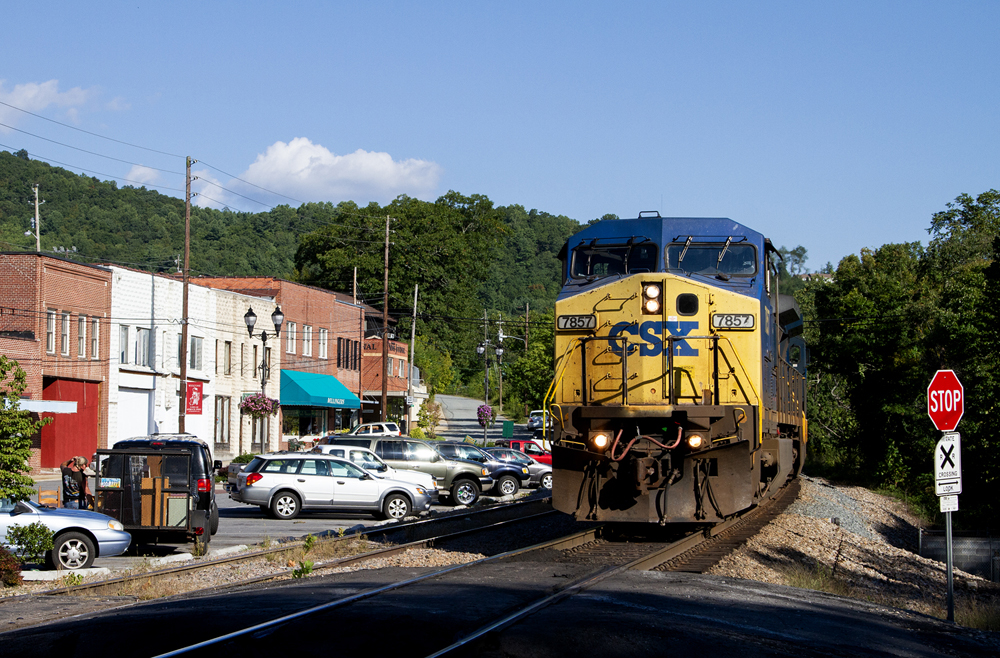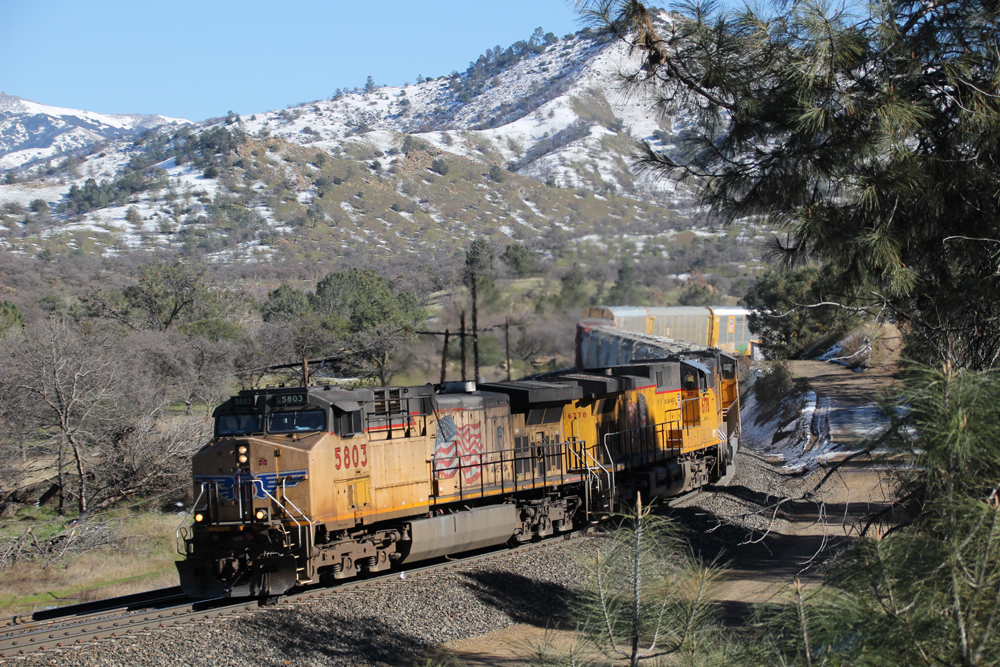
ERWIN, Tenn. — Railroaders take pride in the work they do. They provide for their families. They play an irreplaceable role in the movement of goods in the U.S. economy and they re-invest their hard-earned wages into the communities they live and work — building homes, shopping local, and supporting small communities where railroads have a big presence.
Late last week in eastern Tennessee and western North Carolina, a group of railroaders were shunting cars in local yards, navigating freight across Old Fort loops, and moving coal across the old Clinchfield south of Erwin. Some 650 miles away, Hurricane Helene, then a Category 4 storm, was rolling onto Florida’s Gulf Coast.
Today, much of the railroad is gone. This event doesn’t compare to the flood a local conductor’s granddad used to tell him about as a kid, because this storm has broken all records. The National Weather Service is calling it the region’s most significant weather event of the modern era.
Appalachia’s railroads are unique. They are typically identified by a river or stream parallel with a railroad, a two-lane road, and a few homes. Steep mountains encapsulate the valley, oftentimes protecting it from other weather events — except when the waters rise.
CSX and Norfolk Southern, along with their predecessors, take pride in their rights-of-way with good engineering, strong infrastructure, and ongoing capital investment. Watching fast-flowing waters at levels of 20 feet above normal bearing down on bridge abutments of structures installed a generation ago underscores the integrity of railroads’ work.
But this event is different. High waters are prohibiting emergency responders and railroad officials from gaining access to communities along the right-of-way, and in some cases, entire roadway bridges have been compromised or destroyed. In the case of CSX’s former Clinchfield between Erwin, Tenn., and Spruce Pine, N.C., two-lane roads leading into these valleys have eroded, bridges are gone, and segments of railroad are in the river. The damage extends at least 40 miles. No one knows how many bridges will need repaired or replaced and frankly, fixing up the railroad probably isn’t top of mind at the moment.
Homes along the right-of-way, made accessible by small road bridges that could not withstand the force of the water, have isolated those neighborhoods from the rest of the region. There’s no electricity and certainly no cell service. There’s no way for these people — these railroaders — to know what’s going on without relying on word of mouth.
All this is happening in towns where railroaders live and work. Not only are the small communities where railroaders live and spend their money in distress, but so is the source of that money, as railroaders’ livelihoods rely on moving freight across lines that now no longer exist.
Today, I won’t be thinking about football or when the next trains leave Erwin. Instead, I wish I could lend a hand on the old Southern Railway or get knee deep in the mud in Clinchfield country helping those railroaders who sacrifice so much for the rest of this country and its people.














Sadly, considering the widespread devastation, the affected rail lines may never be rebuilt. This is especially true of Norfolk Southern’s lines into Ashville which are now carrying a fraction of the tonnage that once existed.
Not only pray but help financially. I already support the Christian Appalachian Project which has been helping families in that area for years.
Although I know that we try to avoid discussing here the three subjects ham radio operators try avoiding in their on-air conversations, I think those who pray would do well to keep these folks in their prayers. Recovery -especially of a railroad- from a natural disaster can be as deadly as the disaster itself.
Good article, with a good understanding of the area.
Thanks, Chase, for giving us a great account of current life in a part of the country that’s seldom heard about in places like central Nebraska but provides goods and services to all of us!